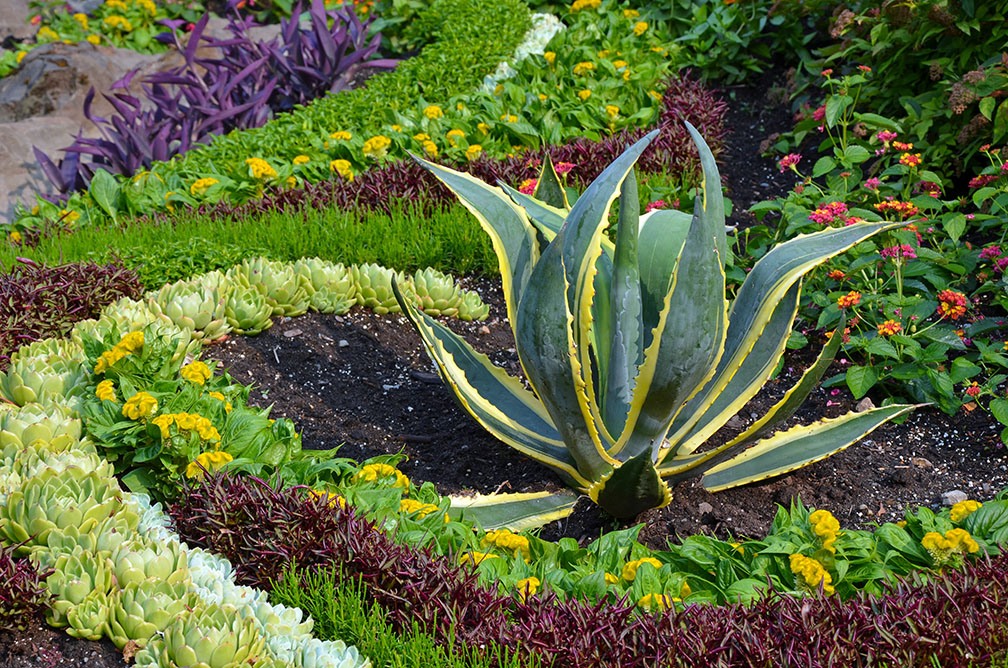Itching to Start a Project? Don’t Forget These Four Key Tips to Avoiding Renovator’s Remorse
 Take a look around your home. Do you feel that burning desire to renovate or upgrade certain areas? Perhaps it’s the kitchen countertops or the décor in the master bedroom. Whatever the case, if you’re itching to take on a home renovation project you’ll want to ensure it’s one that makes your life better – not worse! Let’s take a look at four tips that will help you to avoid experiencing “renovator’s remorse.”
Take a look around your home. Do you feel that burning desire to renovate or upgrade certain areas? Perhaps it’s the kitchen countertops or the décor in the master bedroom. Whatever the case, if you’re itching to take on a home renovation project you’ll want to ensure it’s one that makes your life better – not worse! Let’s take a look at four tips that will help you to avoid experiencing “renovator’s remorse.”
Ask Yourself: Will This Project Add Value?
If you’re renovating to build equity in your home, you’ll want to determine if the project is worth undertaking. There are many renovations that might seem to make the home more appealing, but in truth add next to no value that can be realized later when you sell. Be sure to choose those projects which will bump the home’s value by a significant amount.
Start With A Realistic Budget
Ask any friend or neighbor that has renovated their home and you’ll discover that costs can quickly spiral out of control if you’re not careful. With this in mind, it’s a good idea to start with a realistic budget that incorporates some additional room for last-minute tweaks or changes. Once you have the project scoped out, take a trip to your local building supply store and chat with the professionals. They’ll be able to help you understand what the actual costs of your renovation will be and they can point out things that you may have forgotten.
Measure Twice, Cut Once
Even the most skilled carpenters and tradespeople make mistakes, so you should rest assured that it can happen to you. Even if you have to go over your plans twice or three times, it’s worth knowing exactly what you’re going to do before getting started. As the saying goes: “measure twice, cut once.” Spending the necessary time preparing your work will go a long way in saving you time and money later.
Don’t Start If You Can’t Finish
The last piece of advice is to finish any home project that you start. A half-finished renovation project can degrade your quality of life significantly. And the longer it takes to get done, the less motivated you will be to finish it. Stay on task and get the job done as soon as possible.
 Ah, the city. With so many people living in an urban landscape these days, it can be hard to find anything more than a planter on the balcony for your herbs. And good luck finding space for vegetables or large flowering plants! Fortunately, coming up with a community garden can be a great way to get the locals together. If you’re wondering how to get started with this fun project, begin with the following guide.
Ah, the city. With so many people living in an urban landscape these days, it can be hard to find anything more than a planter on the balcony for your herbs. And good luck finding space for vegetables or large flowering plants! Fortunately, coming up with a community garden can be a great way to get the locals together. If you’re wondering how to get started with this fun project, begin with the following guide. It can be difficult to deal with water restrictions if you’re a bit of a green thumb and don’t want your beautiful plants to go to waste. Fortunately, there are plenty of succulents out there that can be quite striking and will still be able to store the water they need to survive. If you’re looking for some low-maintenance plants that thrive in the dry season, here are a few succulents that will do the trick.
It can be difficult to deal with water restrictions if you’re a bit of a green thumb and don’t want your beautiful plants to go to waste. Fortunately, there are plenty of succulents out there that can be quite striking and will still be able to store the water they need to survive. If you’re looking for some low-maintenance plants that thrive in the dry season, here are a few succulents that will do the trick.